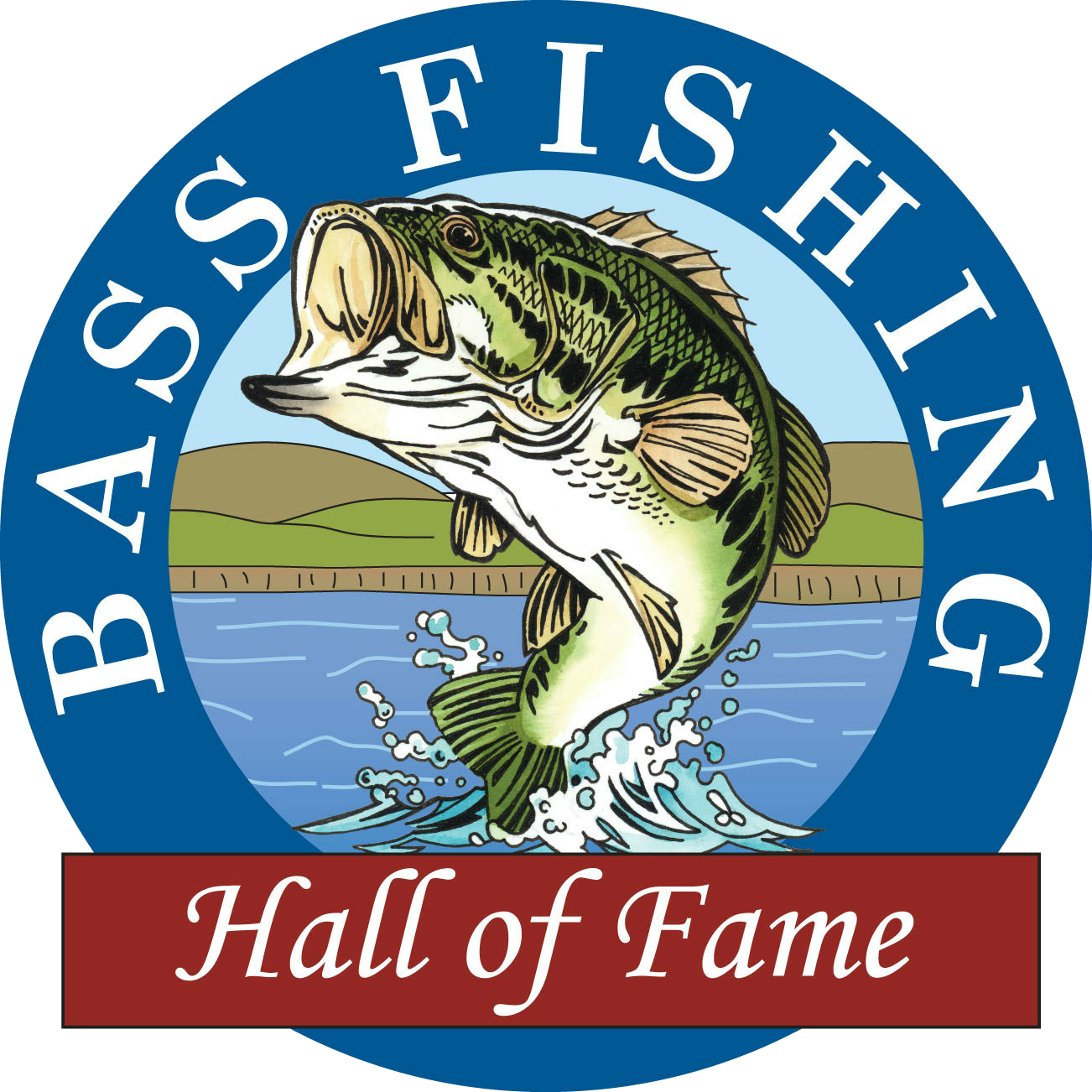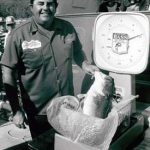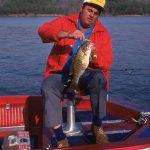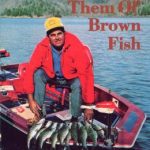Billy Westmorland
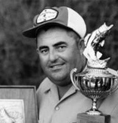
Billy Westmorland
Inducted: 2004
Billy Westmorland (1937 – 2002) — No angler is more synonymous with smallmouth bass fishing than Billy Westmorland. Born in Clay County, Tennessee, in 1937, Westmorland grew up a short cast from Dale Hollow Reservoir, a deep, clear TVA impoundment straddling the Tennessee and Kentucky borders that held giant smallmouth.
While a schoolboy, he would hang around docks on the lake chatting with the local guides and picking their brains about smallmouth fishing. Many of these old timers had hunted rabbit and quail in the hills and “hollers” that were flooded following the dam’s construction; they knew every inch of what lay beneath the lake’s surface and often shared their knowledge with the eager youngster. Westmorland occasionally skipped school to go fishing, and he became obsessed with catching smallmouth as big as the ones the guides would bring back to the docks. By the time he was 13 years old, Westmorland knew the 27,700-acre reservoir well enough to start guiding from a rental rowboat. At first he’d have to wait around the dock until all the other guides had been booked before getting a client, but word eventually spread throughout the lake that “the kid” knew what he was doing and Westmorland began getting regular bookings, often from repeat customers.
While most of Dale Hollow’s veteran guides trolled big diving plugs or fished live bait on heavy tackle for smallmouth, Westmorland gained a reputation for catching giant bronzebacks on light spinning tackle, routinely using 4- and 6-pound line and small lures like the “fly and rind” (a tiny hair jig with a pork rind trailer); this was before the term “finesse fishing” had even been coined. Through his insatiable curiosity about smallmouth, Westmorland learned the depth ranges, bottom compositions and types of structure most likely to hold the biggest fish. He also discovered that trophy-class smallmouth often become most aggressive on the roughest, nastiest winter days.
Westmorland may be the only bass angler to have ever caught both a 10-pound largemouth and a 10-pound smallmouth (his biggest bronzeback weighed 10 pounds, 1 ounce on certified scales). In his classic memoir on smallmouth fishing, “Them Ol’ Brown Fish,” Westmorland told of hooking and losing a behemoth smallmouth one blustery Christmas day on Dale Hollow that he felt sure would have beaten the world record (11 pounds, 15 ounces – also from Dale Hollow). Outdoor writers spread the word about Westmorland’s smallmouth-catching prowess through newspaper and magazine articles. As his reputation grew, he began designing and endorsing lures and tackle geared specifically to smallmouth, a segment of the bass fishing market that had previously been virtually ignored.
In the early 1970s, Westmorland joined Ray Scott’s fledgling B.A.S.S. Tournament Trail and proved to be expert at catching big largemouth as well as big smallmouth. He competed in B.A.S.S. tournaments for seven years, qualifying for the Bassmaster Classic six times and winning three Tournament Trail events.
In the 1980s he became one of the first professional anglers with his own television show, “Billy Westmorland’s Fishing Diary.” Long before the advent of email, Westmorland would spend hours personally responding to fishing fans across North America who wrote him asking for his smallmouth fishing insights. Although his birth name was spelled “Westmoreland,” he claimed to have dropped the second “e” because it allowed him to sign autographs more quickly.
Westmorland died in 2002 at age 65 and is the first angler to be inducted into the Bass Fishing Hall of Fame posthumously. The stretch of highway between Celina, Tennessee, and Horse Creek Resort (the Dale Hollow dock that Westmorland frequented) has been officially designated as the Billy Westmorland Memorial Highway by the State of Tennessee.
